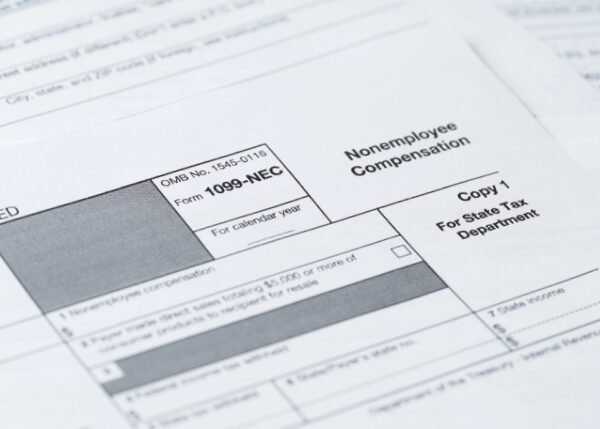While most dentists don’t spend their day on the road, there is often some moving from place to place required for your job. Starting January 1, 2025, the IRS is making a change that could impact the way you track and claim those travel expenses. The standard mileage rate for business use will increase to 70 cents per mile, up from 67 cents in 2024. While it may sound small, this increase could lead to bigger tax savings for practice owners who frequently log business miles.
What’s New for 2025?
Here’s a quick look at the updated rates for various types of mileage:
- Business travel: 70 cents per mile (up from 67 cents in 2024)
- Medical and moving mileage (for qualified active-duty military): 21 cents per mile (unchanged)
- Charitable driving: 14 cents per mile (unchanged, as set by federal law)
These rates apply to gas, diesel, electric, and hybrid vehicles, so no matter what you drive, you’re covered.
How Vehicle Depreciation Affects Your Deductions
When you use your vehicle for business, part of the standard mileage rate covers depreciation — the natural loss in value of the vehicle over time. For 2025, the IRS has set the depreciation portion at 33 cents per mile. This matters if you plan to sell or trade in your vehicle down the line since this depreciation affects how much of its value you can claim as an expense.
Two Ways to Calculate Your Deduction
There are two ways to claim a vehicle expense deduction:
- Standard mileage rate: The simpler option, where you track your total business miles and apply the IRS-approved rate per mile to calculate your deduction.
- Actual expense method: This method requires you to track every expense tied to the vehicle (like gas, insurance, maintenance, and depreciation) and deduct a percentage based on business use.
If you’re unsure which method works best for your dental practice, our team can help you run the numbers and identify which option gives you the biggest benefit.
Changes to FAVR Plans for Employers
If you’re a dental practice owner reimbursing employees for driving their personal vehicles for business purposes, you should know about the IRS changes to Fixed and Variable Rate (FAVR) plans. For 2025, the IRS set the maximum standard automobile cost at $61,200, which is $800 lower than in 2024. This cap applies to the fleet-average valuation rule and the vehicle cents-per-mile rule as well. If you’re managing reimbursements for your team, it’s important to stay on top of these changes to ensure you’re compliant with IRS rules.
What Should You Do to Stay on Track?
Here are a few simple steps to make sure you’re maximizing every available deduction:
- Track Your Mileage: Use an app or software to log every business-related trip, ensuring you capture every deductible mile.
- Choose the Best Deduction Method: The standard mileage rate is simple, but the actual expense method may save you more, especially if you’re driving a lot. We can help you determine which option is right for you.
- Check Your Reimbursement Practices: If you’re reimbursing employees for business travel, make sure you’re following updated FAVR rules to avoid IRS penalties.
If you’d like to discuss how these changes impact your 2025 taxes, reach out to our team today. We’re here to help you make every mile count.
Source: IRS Notice 2025-5




